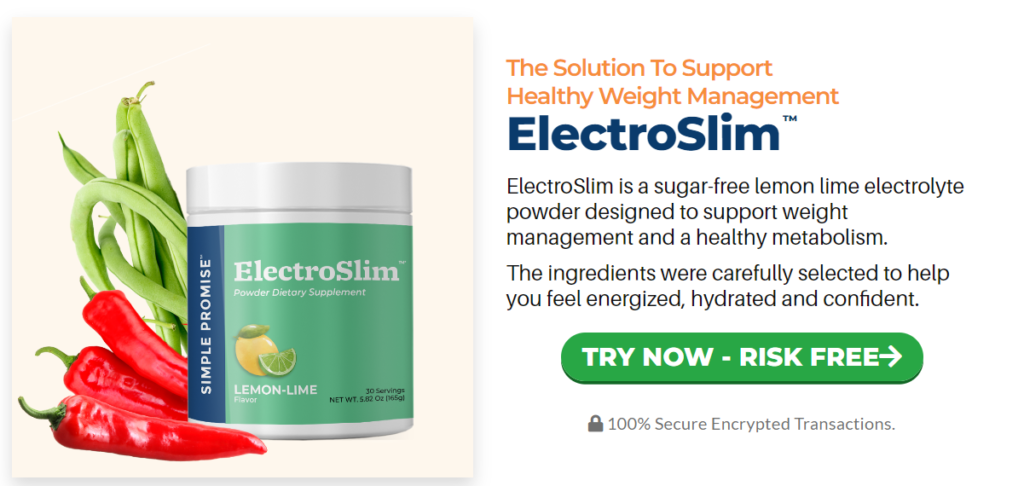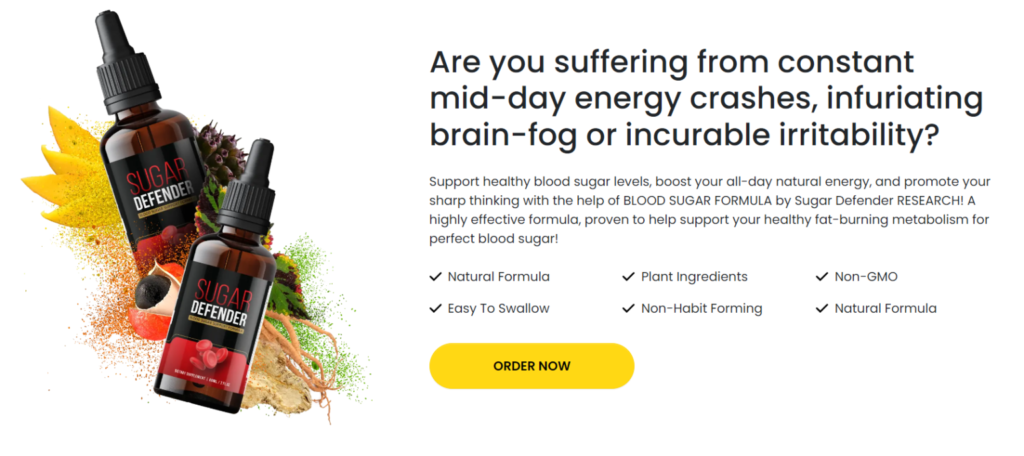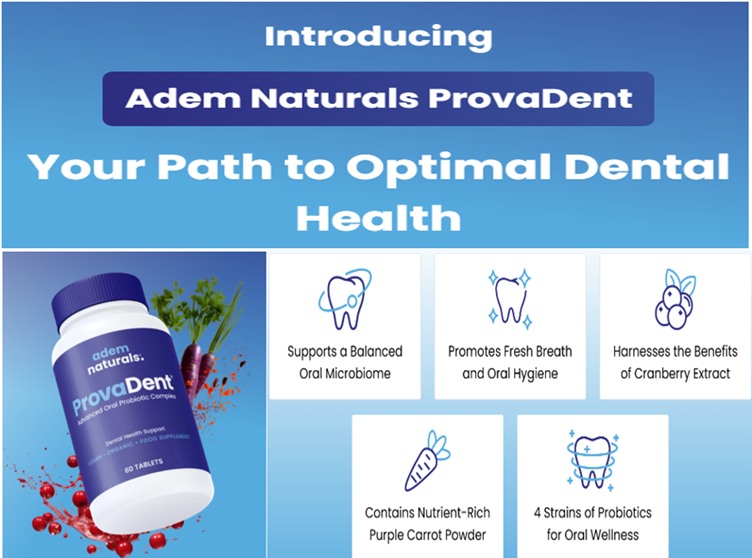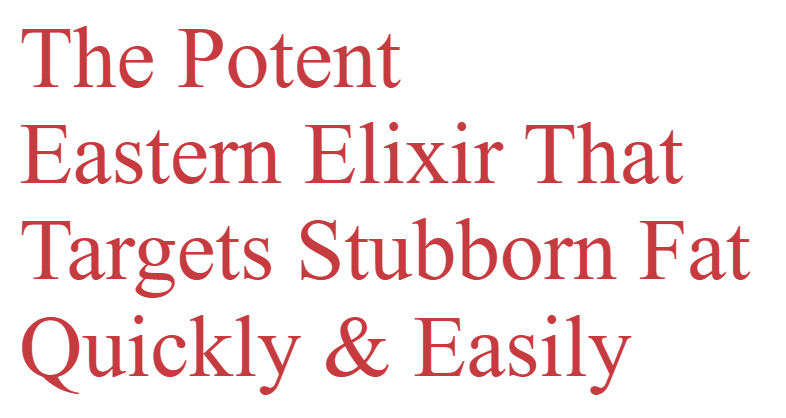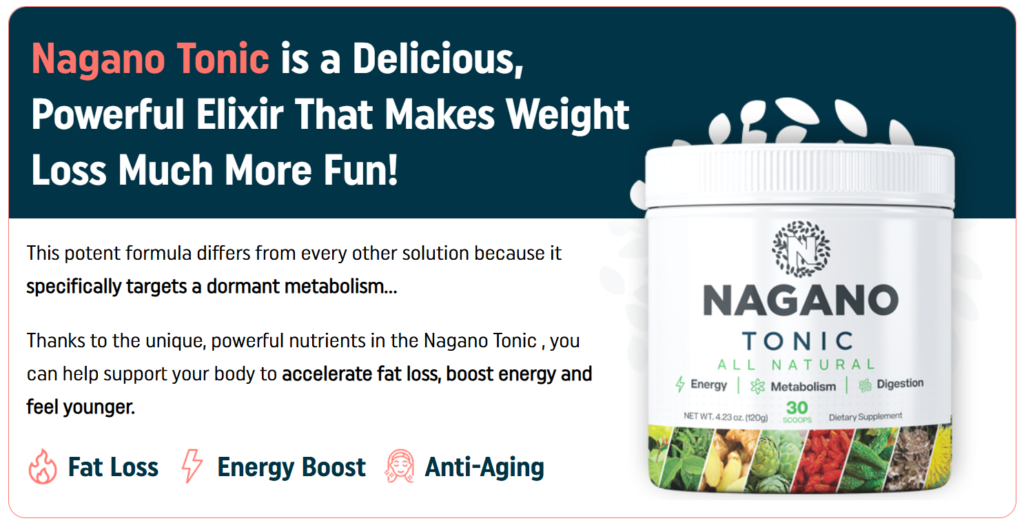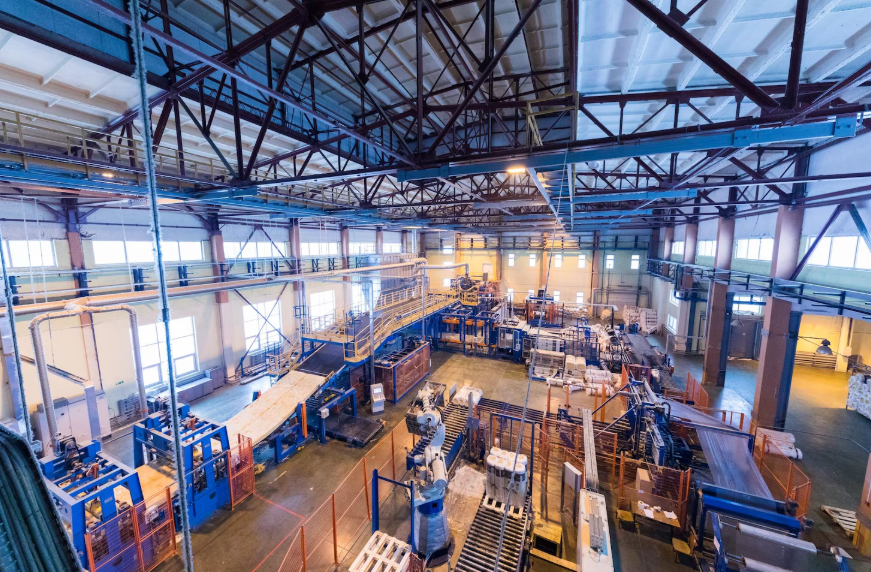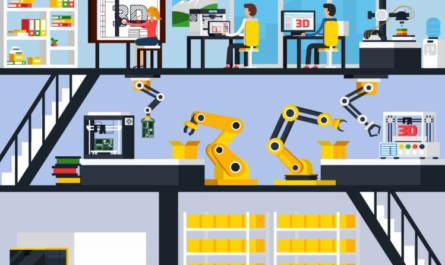Introduction
When you walk into a manufacturing plant, one of the first things you’ll notice is the way everything is arranged. Machines, workers, raw materials, and finished products – all placed in a certain order. This arrangement isn’t random; it’s carefully planned and designed. In industrial terms, we call this plant layout.
The plant layout of a factory plays a huge role in productivity, safety, and cost efficiency. If a factory is poorly laid out, it results in wasted time, material handling problems, workplace accidents, and higher production costs. On the other hand, a well-thought-out layout improves workflow, minimizes risk, and ensures a safer working environment.
In this blog, we’ll dive deep into the types of manufacturing plant layouts, their features, advantages, disadvantages, and examples. By the end, you’ll understand how each layout impacts production and workplace safety – and why choosing the right one is critical.
📌 What is Plant Layout?
Plant layout is the physical arrangement of machines, equipment, materials, and workers within a manufacturing facility.
The primary goal is to ensure:
- Smooth workflow
- Minimum material handling
- Safety of workers
- Efficient use of space
- Higher productivity at lower cost
In simple terms: Plant layout is about placing the right thing at the right place.
🔑 Factors Influencing Plant Layout
Before selecting a plant layout, several factors must be considered:
- Nature of the product – Small, large, customized, or mass-produced.
- Production volume – Batch, job order, or continuous production.
- Type of machinery – General-purpose or specialized.
- Safety requirements – Fire exits, emergency routes, ventilation, etc.
- Space availability – Land size, future expansion plans.
- Material handling systems – Conveyors, forklifts, cranes, etc.
🏭 Major Types of Manufacturing Plant Layout
There are mainly five types of plant layouts commonly used in industries. Let’s go through each in detail.
1. Product or Line Layout
In this layout, machines and equipment are arranged according to the sequence of operations required to manufacture a product.
Think about an assembly line in the automobile industry – each car moves step by step through the line, and every worker or machine performs a specific task.
✅ Features
- Suitable for mass production.
- Workflow is continuous and sequential.
- Machines are arranged in a line according to the manufacturing process.
👍 Advantages
- Simple and smooth workflow.
- Low material handling cost.
- Easy supervision and control.
- Faster production speed.
👎 Disadvantages
- High investment cost.
- Breakdowns in one machine can stop the entire line.
- Less flexibility for product changes.
- Repetitive work can cause worker fatigue.
🏭 Examples
- Automobile assembly lines (cars, motorcycles, trucks).
- Electronics manufacturing (TVs, refrigerators).
- Bottling plants (soft drinks, packaged water).
2. Process or Functional Layout
In this layout, similar machines are grouped together in one department. For example, all drilling machines in one section, all lathes in another, and all grinding machines in another.
This type of layout is common in industries where products are made in small batches or customized orders.
✅ Features
- Best for job shop or batch production.
- Materials move according to the sequence of operations needed.
- Each product may follow a different route through the plant.
👍 Advantages
- High flexibility for different products.
- Efficient use of machines and labor.
- Easy to expand by adding new equipment.
- Better job satisfaction for workers due to varied tasks.
👎 Disadvantages
- Complex material handling.
- Longer production time.
- Requires skilled labor.
- Higher cost per unit.
🏭 Examples
- Machine tool manufacturing.
- Furniture workshops.
- Custom fabrication industries.
3. Fixed Position Layout
In this layout, the product remains fixed at one location, and workers, machines, and materials are brought to it.
This type of layout is suitable for very large, bulky, or heavy products that are difficult to move.
✅ Features
- Product stays in one place.
- Different teams work on the same product.
- Layout changes with each project.
👍 Advantages
- No need to move the product.
- High flexibility for different designs.
- Workers specialize in specific tasks.
👎 Disadvantages
- Expensive material handling.
- High production time.
- Difficult supervision.
- Space utilization is poor.
🏭 Examples
- Shipbuilding.
- Aircraft manufacturing.
- Construction of buildings, bridges, and dams.
4. Cellular or Group Layout
This is a modern approach where machines are arranged into cells. Each cell is dedicated to producing a family of similar products.
It combines the advantages of product layout and process layout.
✅ Features
- Machines are grouped into cells.
- Each cell produces a specific part or product family.
- Reduces movement of materials.
👍 Advantages
- Shorter production time.
- Better product quality.
- Lower work-in-progress inventory.
- Encourages teamwork.
👎 Disadvantages
- Requires careful planning.
- High initial cost.
- May result in under-utilization of machines.
🏭 Examples
- Electronics assembly lines.
- Small automotive parts manufacturing.
- Computer hardware assembly.
5. Combination Layout
As the name suggests, this layout combines two or more types of layouts to suit the production requirements.
For example, a factory may use process layout in one section and product layout in another.
✅ Features
- Flexible and practical approach.
- Designed as per unique production needs.
- Common in large-scale industries.
👍 Advantages
- Optimizes production efficiency.
- Balances the drawbacks of individual layouts.
- More adaptable for expansion.
👎 Disadvantages
- Complex planning required.
- Higher initial investment.
- Material handling may still be an issue.
🏭 Examples
- Steel plants.
- Chemical industries.
- Large engineering industries.
🔒 Safety Considerations in Plant Layout
While efficiency is the main goal of plant layout, safety must never be ignored. A poorly designed layout can lead to accidents, injuries, and even fatalities.
Here are some important safety aspects to consider when designing a plant layout:
- Emergency exits must be clearly marked and accessible.
- Fire safety – spacing between machines, installation of fire extinguishers, sprinkler systems.
- Material handling safety – proper space for forklifts, conveyors, and trolleys.
- Ventilation and lighting – ensure healthy working conditions.
- Noise and dust control – placing machines strategically to minimize hazards.
- First aid stations and assembly points for emergencies.
👉 A layout designed with safety in mind not only reduces accidents but also boosts employee morale and productivity.
📊 Comparison Table: Types of Plant Layout
| Layout Type | Best For | Key Advantage | Major Drawback | Example Industries |
|---|---|---|---|---|
| Product (Line) | Mass production | Fast production speed | Line stoppage due to breakdown | Automobiles, electronics |
| Process (Functional) | Job/batch production | High flexibility | Complex material handling | Machine tools, workshops |
| Fixed Position | Large products | No product movement | Poor space utilization | Shipbuilding, aircraft |
| Cellular (Group) | Product families | Quality + teamwork | High initial planning cost | Electronics, auto parts |
| Combination | Large industries | Balanced efficiency | Complex planning | Steel, chemicals |
🌟 Final Thoughts
Choosing the right manufacturing plant layout is not just about arranging machines – it’s about balancing efficiency, cost, and safety.
- If your goal is mass production, go for product layout.
- If you need flexibility, choose process layout.
- For huge projects, stick to fixed position layout.
- If you want the best of both worlds, adopt cellular or combination layouts.
Remember, no matter which layout you choose, safety must always come first. A safe workplace is a productive workplace.
✅ Over to You:
Which plant layout do you think works best in today’s fast-changing manufacturing industry – the traditional line layout or modern cellular systems? Share your thoughts in the comments below!
🔁 Readers also enjoyed these blog posts:
- Safety Management’s Role: The Unsung Hero Behind Every Successful Organization
- Safety Management and Its Responsibilities: Protecting People, Preventing Hazards, and Promoting a Culture of Care
- Benchmarking for Safety Performance: A Key to Continuous Improvement
“Start Your Website Journey Today – Exclusive Hostinger Discounts!”

Turn Any Idea into Viral,
Jaw-Dropping AI Videos in Seconds!

